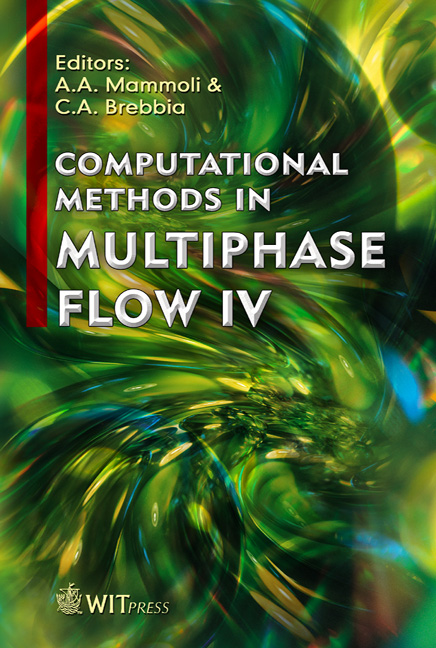CFD Simulation Of Gas–solid Bubbling Fluidized Bed: An Extensive Assessment Of Drag Models
Price
Free (open access)
Transaction
Volume
56
Pages
10
Published
2007
Size
414 kb
Paper DOI
10.2495/MPF070061
Copyright
WIT Press
Author(s)
N. Mahinpey, F. Vejahati & N. Ellis
Abstract
In the computational fluid dynamics modeling of gas–solid two phase flow, drag force is one of the dominant mechanisms for interphase momentum transfer. Despite the profusion of drag models, an extensive comparison is missing from the literature. In this work the drag correlations of Syamlal-O’Brien, Gidaspow, Wen-Yu, Arastoopour, Gibilaro, Di Felice, Zhang-Reese and Koch et al. are reviewed using a multifluid model of FLUENT software with the resulting hydrodynamics parameters being compared with experimental data. Also adjustment of drag models based on minimum fluidization was studied. A new method adopted to adjust the drag function of Di Felice showed a quantitative improvement compared to the adjusted drag model of Syamlal-O’Brien. Prediction of bed expansion and pressure drop showed excellent agreement with results of experiments conducted in a Plexiglas fluidized bed. A mesh size sensitivity analysis with varied interval spacing showed that mesh interval spacing with 18 times the particle diameter and using higher order discretization methods produces acceptable results. Keywords: multiphase flow, fluidization, computation, modeling, CFD, drag models, two-dimensional. 1 Introduction Studies conducted on the dynamics of a single particle in a fluid have proven several mechanisms of momentum transfer between phases: drag force, caused by velocity differences between the phases; buoyancy, caused by the fluid
Keywords
multiphase flow, fluidization, computation, modeling, CFD, drag models, two-dimensional.





